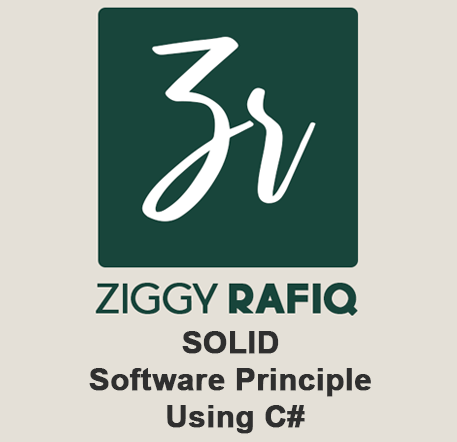SOLID Software Principle Using C#
The SOLID principle is a set of design principles for object-oriented software development that aim to make the software more maintainable, flexible, and scalable. The SOLID acronym stands for the following principles:
- Single Responsibility Principle (SRP): A class should have only one reason to change. In other words, a class should have only one responsibility or job to do, making it easier to maintain and modify.
- Open-Closed Principle (OCP): Software entities (classes, modules, functions, etc.) should be open for extension but closed for modification. In other words, new features should be added by extending the existing code rather than modifying it.
- Liskov Substitution Principle (LSP): Subtypes should be substitutable for their base types without causing any errors or unexpected behaviour. This means that any object of a superclass should be able to be replaced by an object of a subclass without affecting the correctness of the program.
- Interface Segregation Principle (ISP): Clients should not be forced to depend on interfaces they don't use. This means that interfaces should be designed to be as small and focused as possible, with only the methods needed by the clients that use them.
- Dependency Inversion Principle (DIP): High-level modules should not depend on low-level modules. Instead, both should depend on abstractions. This means that the design should be structured so that modules are independent of each other, and they only rely on abstractions (interfaces), not on concrete implementations.
Overall, the SOLID principles provide guidelines for
creating software that is easier to maintain, flexible, and scalable. By
following these principles, software developers can create more robust and reliable
software that is easier to modify and extend over time.

Comments